Have you ever wondered how the vast reserves of oil and gas buried beneath miles of ocean find their way to power our cars and heat our homes? The answer lies in the captivating world of offshore drilling, a complex operation demanding specialized equipment and highly skilled personnel. Here’s a deep dive into this extraordinary process. The journey doesn’t begin with the roar of a drill engine – it starts with a scientific quest. Seismic ships, equipped with powerful sound cannons and underwater microphones, traverse the ocean, sending sound waves deep into the earth’s crust. These seismic surveys map potential oil and gas reserves, guiding further exploration efforts.
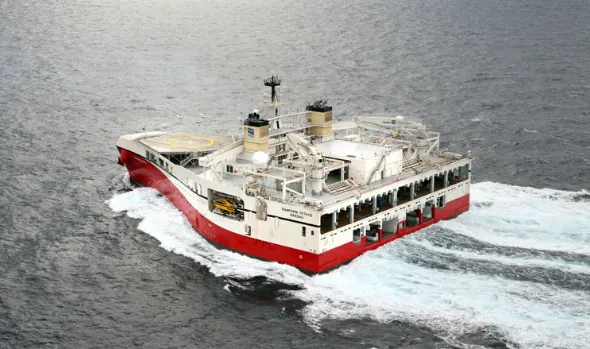
Diving Deep: Scouting the Terrain
Once promising areas are identified, diving support vessels deploy their workhorses – Remotely Operated Vehicles (ROVs). Essentially underwater robots equipped with cameras and manipulators, ROVs provide high-resolution images and gather vital data on the seabed conditions. This information is crucial for ensuring safe and efficient drilling later. In some cases, highly trained commercial divers might descend to the ocean floor to perform inspections, collect samples, or conduct specific underwater tasks.
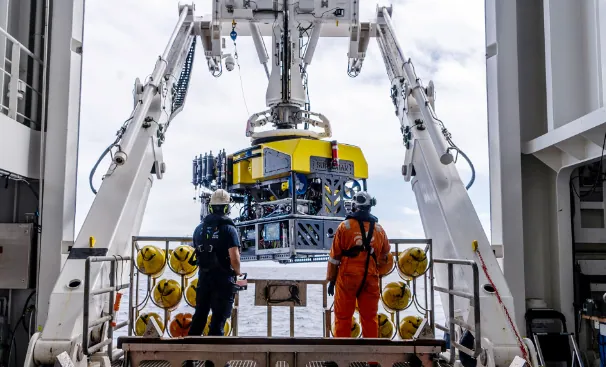
Building the Infrastructure: A Symphony of Steel
With a clear picture of the target reservoir, the stage is set for rig deployment. Depending on the water depth and seabed characteristics, different types of rigs take center stage:
- Fixed platforms: Towering giants firmly anchored to the seabed, these are ideal for shallow waters.

- Jack-up rigs: Mobile platforms with extendable legs that rest on the seabed, perfect for shallower waters with unstable bottoms.
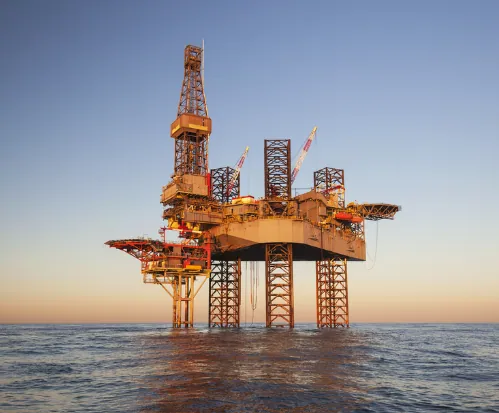
- Semisubmersible vessels: Buoyant giants that float semi-submerged, these tackle deepwater drilling challenges.
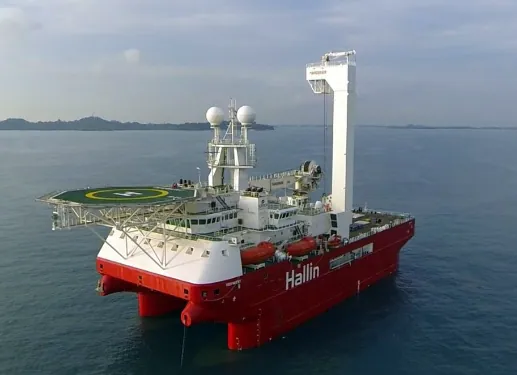
- Drillships: Imagine a giant, self-propelled ship specifically designed for drilling. Drillships are perfect for deepwater exploration due to their mobility and ability to operate in harsh weather conditions.

Heavy-lifting transportation vessels
play a crucial role, transporting massive rigs and equipment to their designated locations. Once in place, the chosen rig becomes a hive of activity. Drillers, highly skilled professionals, meticulously operate the drill string, a long pipe with a specialized drill bit at the end. This string bores deep into the seabed, creating a wellbore.
The Flow Begins: Reaching for the Prize
Once the wellbore reaches the oil or gas reservoir, a complex assembly of pipes and valves called the Christmas tree is installed on the seabed. This intricate system controls the flow of oil and gas from the wellhead to the surface.

FPSOs Take Center Stage: Processing Power at Sea
For deepwater exploration, Floating Production, Storage and Offloading (FPSO) vessels come into play. These giant ships act as processing plants at sea. Pipelines connect the Christmas tree to the FPSO, where the extracted oil and gas are separated, processed, and stored. Finally, specially designed tanker ships transport the oil and gas to refineries onshore.
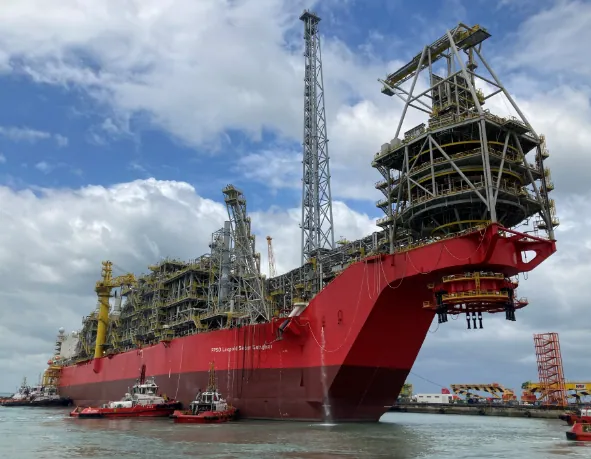
The Human Touch: The Vital Role of Drillers
Drillers are the masterminds behind the drilling operation. They work in shifts, constantly monitoring and adjusting drilling parameters like pressure, mud circulation, and drill bit rotation. Their expertise is crucial for ensuring a safe and efficient drilling process.
A Technological Marvel: A World Beneath the Waves
Offshore drilling is a marvel of modern engineering. From the initial seismic surveys to the final production stage, a complex interplay of technology and human expertise takes place. Understanding this intricate process helps us appreciate the vast effort required to bring the resources hidden beneath the ocean floor to our everyday lives.
Check out our other featured articles
